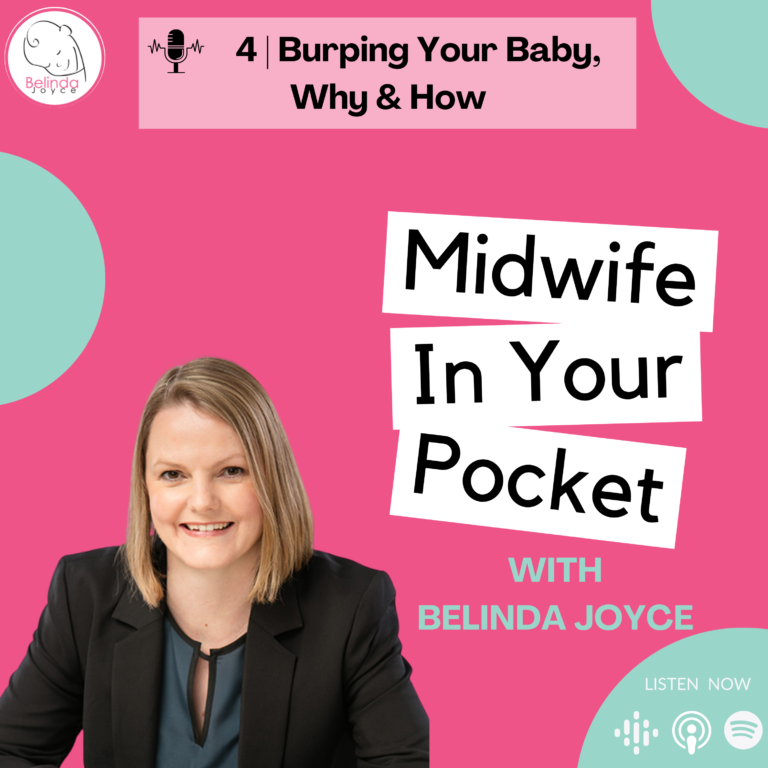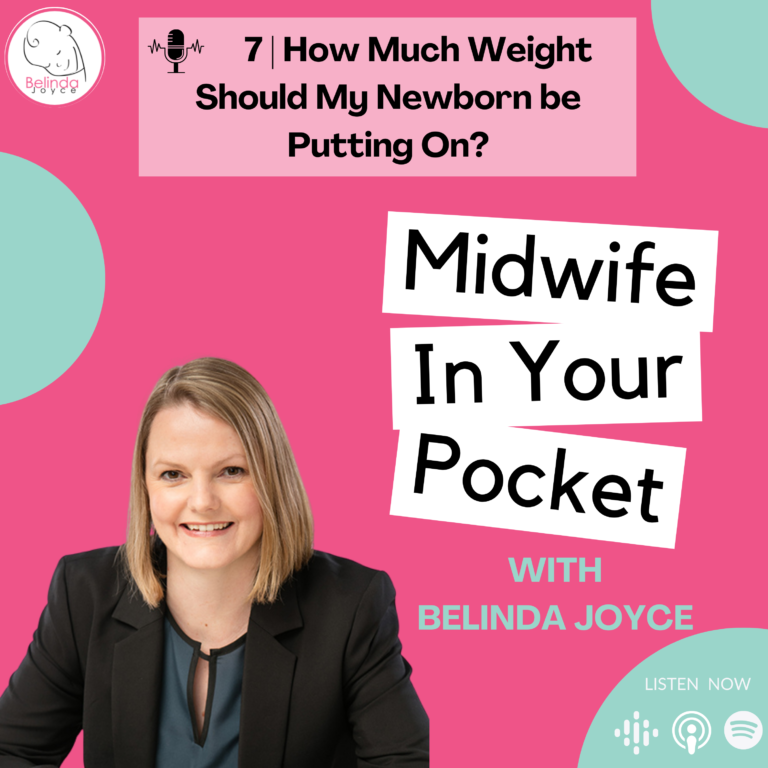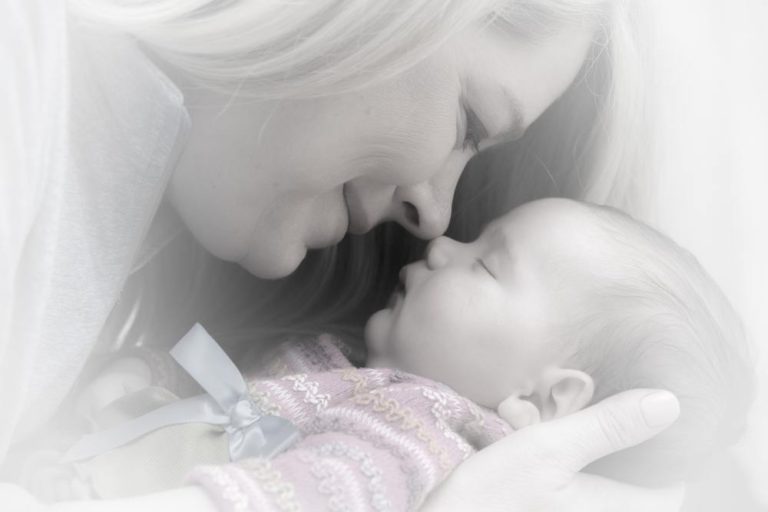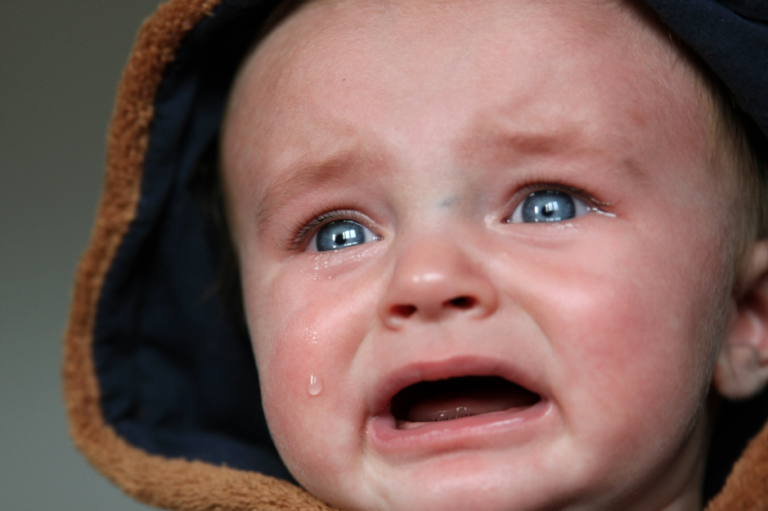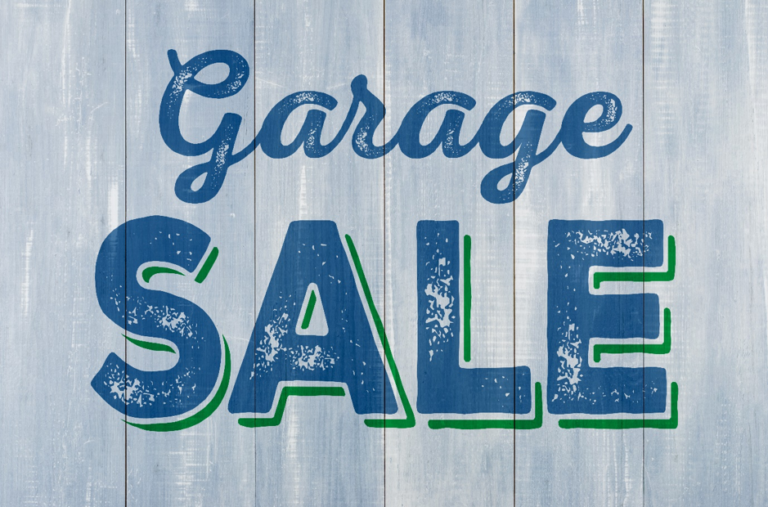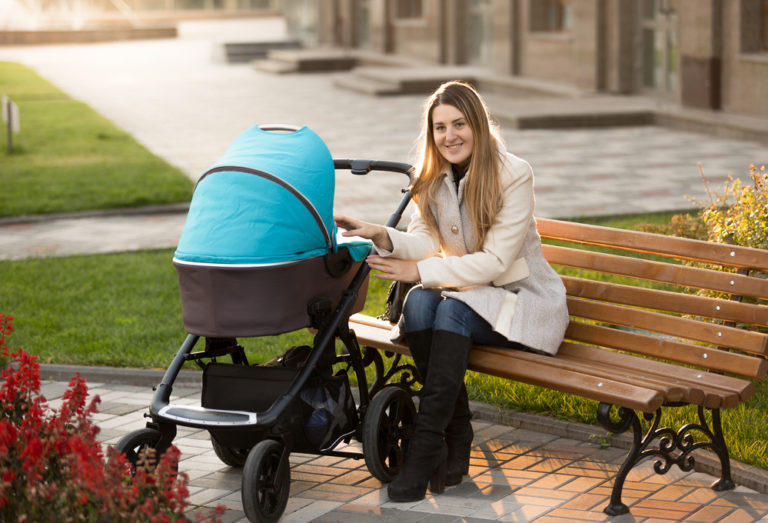Teething Baby
Teething:
Most babies get their first teeth between 6-12 months of age although occasionally a baby is born with a tooth already or they begin erupting earlier, whilst other babies have none until 12 months of age.
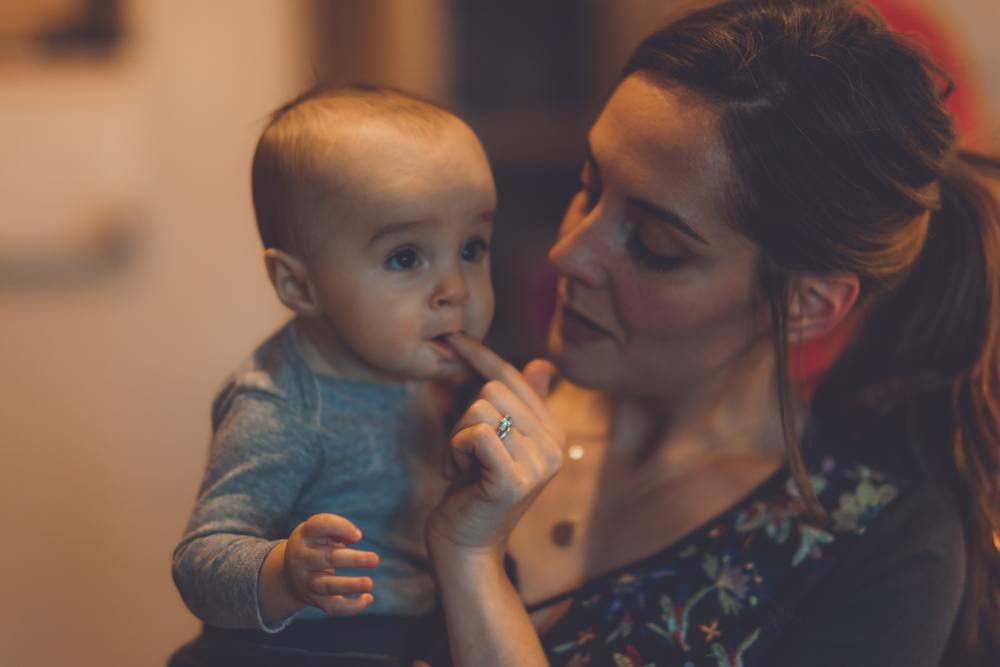
The central 2 bottom teeth are the most common first teeth and then the upper central teeth next although your baby can get them in any order. Most children will have all 20 baby teeth by 3 years of age.
For some babies this is a painless process where a parent notices a tooth and there have been no symptoms of teething prior to this. But for many there is some pain associated with teeth cutting through the gum.
DISCOVER HOW TO SURVIVE & ENJOY YOUR BABY!
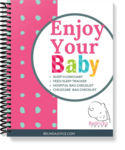 The pack is full of checklists and printables to help you improve sleep challenges with our flowchart, decide what to take to hospital, what equipment is essential, what to put in your nappy bag and so much more
The pack is full of checklists and printables to help you improve sleep challenges with our flowchart, decide what to take to hospital, what equipment is essential, what to put in your nappy bag and so much more
Signs and symptoms of teething:
- red cheeks
- dribbling/drooling
- irritable
- biting his own fists
- red swollen gums
- biting your nipple or bottle teats
- pulling at his ears
- nappy rash
- refusing feeds
- biting and chewing on everything
- refusing solids
These symptoms can come and go for many months with no teeth erupting and can disrupt your baby’s and your own sleep patterns in the process.
Teething strategies to help:
- You can try rubbing your baby’s gums gently with a clean finger this seems to help and they will often have a bite on your finger at the same time.
- There are many different teething toys, often made form silicone or latex, some of which can be placed in the fridge to become cold and then given to your baby to chew on. Do not place toys with gel in them into the freezer as they can split open and leak.
- A wet face washer placed in the fridge or freezer can also be relieving for your baby to chew on when their gums are inflamed.
- Cold food such as yoghurt, fruit purees and frozen fruits for older babies, can relieve the discomfort.
- Teething rusks can be good for chewing on and provide some relief.
- Some parents find over the counter teething medications helpful as well as paracetamol or ibuprofen. If using medications, it is important to follow the directions carefully and these should not be used every day for long periods. Teething gels can help but remember they are still a drug so always follow the direction on the tube.
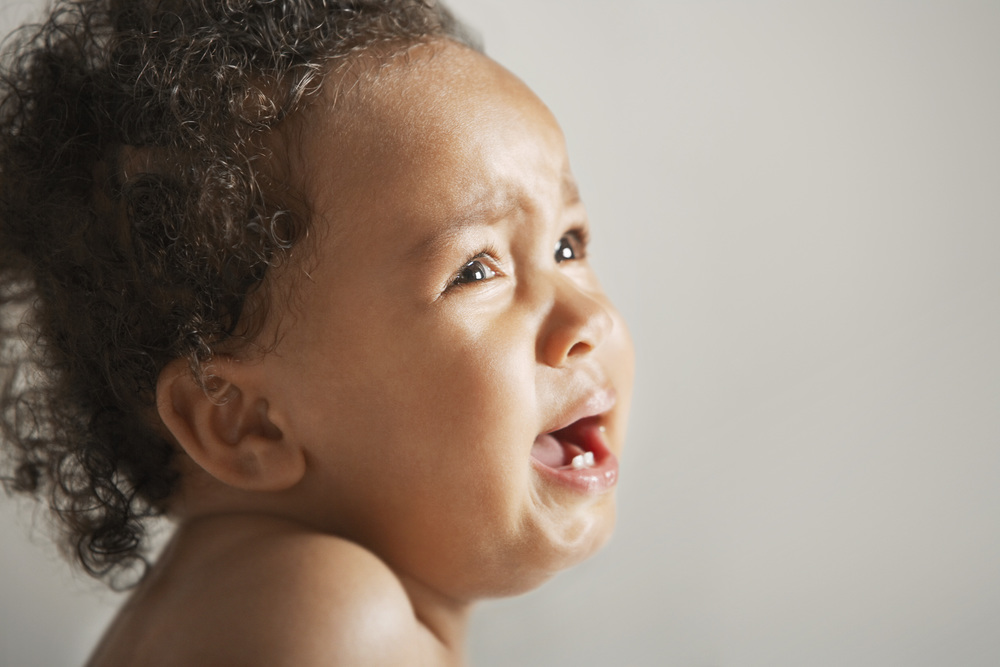
Amber beads:
Amber bead teething necklaces and anklets are not considered a safe option for teething due to the very real risk of choking or strangulation, which unfortunately have both occurred. There is no medical evidence that these beads take away pain and they are not recommended by health professionals or the ACCC. If a parent does choose to use these necklaces they should never be used when the baby or child is alone and unsupervised.
Although your baby is likely to be in some pain, they shouldn’t be inconsolable, and it is usually only for 3-4 days at a time. Sometimes they can have a few teeth cutting at the same time or one after another, this will prolong the symptoms. If the symptoms are ongoing or severe see your family GP for a health check.
Some babies develop fever and illness when teething, this is not caused by the teething itself, but more from their immune system being lower due to the teething. Again, see your doctor if your baby appears very unwell.
Teething is another milestone for your baby and every baby must go through teething, after all we need strong healthy teeth for eating for the rest of our lives. As a parent of a teething baby, hang in there, this too shall pass, see your GP for a medical check if it is ongoing or severe. Just knowing what is normal can help you get through this phase in your baby’s life.

